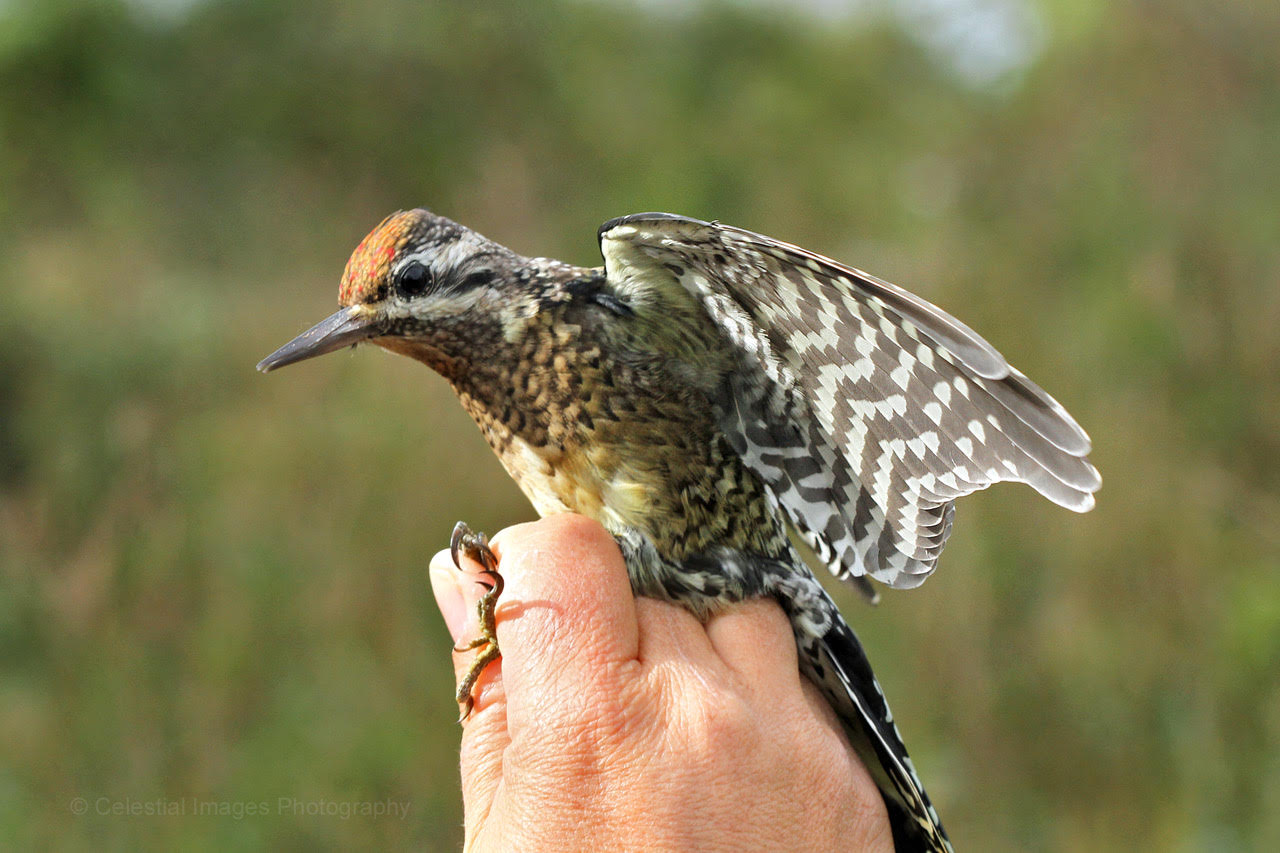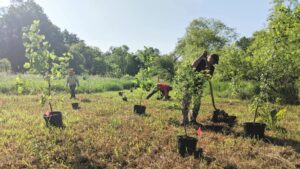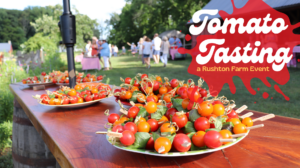
As if we weren’t already a motley crew, banders donned their mismatch layers of winter coats, thrifted fleeces, alpaca fingerless gloves, and garish hats this week. Mornings dipped into the 30’s, and although the sun was (actually) shining bright, the brisk autumnal wind kept the temps suppressed. Banders and birders live for this kind of weather though, because riding in the dark on these cold north winds come oodles of southbound migrants.
























